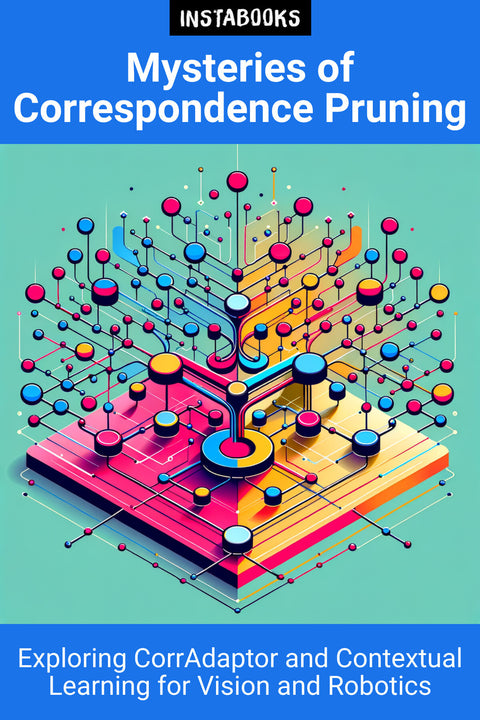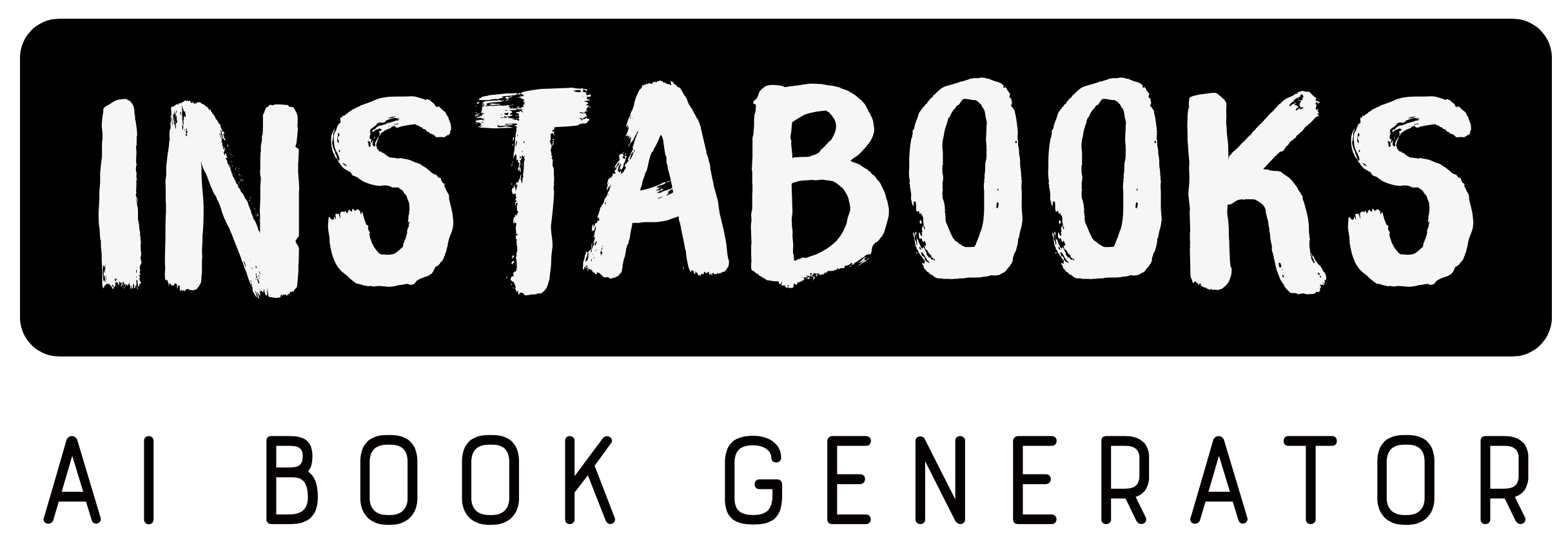
Mysteries of Correspondence Pruning
Exploring CorrAdaptor and Contextual Learning for Vision and Robotics
Included:
✓ 200+ Page AI-Generated Book
✓ ePub eBook File — read on Kindle & Apple Books
✓ PDF Print File (Easy Printing)
✓ Word DOCX File (Easy Editing)
✓ Hi-Res Print-Ready Book Cover (No Logo Watermark)
✓ Full Commercial Use Rights — keep 100% of royalties
✓ Publish under your own Author Name
✓ Sell on Amazon KDP, IngramSpark, Lulu, Blurb & Gumroad to millions of readers worldwide
Introduction to CorrAdaptor
"Mysteries of Correspondence Pruning" unveils the innovative method of CorrAdaptor, an exciting development in the fields of computer vision and robotics. This book is designed for readers eager to explore how adaptive local context learning is revolutionizing correspondence pruning, enhancing tasks like Structure from Motion (SfM), Simultaneous Localization and Mapping (SLAM), and visual localization. CorrAdaptor sets itself apart with its unique dual-branch structure, which significantly enhances feature extraction and contextual understanding.
Delving into the Dual-Branch Structure
Central to this book is CorrAdaptor's dual-branch structure that processes different image aspects through separate networks. This structural innovation enables comprehensive analysis of images, facilitating better contextual information handling. You'll discover how this approach outperforms traditional methods by explicitly exploiting contextual cues to enhance correspondence accuracy, offering robust solutions to complex vision tasks.
Adaptive Learning and Dynamic Graphs
The book provides a thorough examination of CorrAdaptor's adaptive learning capability, which adapts to local image contexts through techniques like k-nearest neighbors. Moreover, dynamic graphs are employed to represent inter-feature relationships, refining correspondences across images. This dynamic approach ensures you grasp the method's effectiveness in defining and retaining precise and contextually relevant correspondences.
Applications and Comparative Insights
Explore the profound applications of CorrAdaptor in enhancing SfM and SLAM tasks. The book provides comparative insights, demonstrating how CorrAdaptor improves accuracy by leveraging contextual information. Case studies and experimental results illustrate the method's potency against traditional techniques, making this a must-read for anyone involved in computer vision or robotics.
Future Directions
Finally, the book peers into the future of CorrAdaptor, discussing its potential evolution and challenges. Real-world applications, detailed analyses, and an exploration of current limitations provide a speculative glimpse into future advancements, offering readers a roadmap to further research and development in this crucial field.
Table of Contents
1. Unveiling CorrAdaptor- Introduction to Adaptive Context Learning
- Historical Background and Innovations
- Revolutionizing Correspondence Tasks
2. Dual-Branch Structure
- Mechanics of Dual-Branch Design
- Advantages Over Traditional Methods
- Applications in Feature Extraction
3. Local Context Learning Techniques
- Adaptive Learning Models
- Implementing K-Nearest Neighbors
- Refining Spatial Context
4. Understanding Dynamic Graphs
- Graph Representation in Vision Tasks
- Dynamic Relationships Across Images
- Optimizing Graph-based Correspondence
5. Progressive Pruning Strategies
- Iterative Pruning Techniques
- Enhancing Match Reliability
- Increasing Task Accuracy
6. Applications in Structure from Motion
- Enhanced 3D Reconstruction
- Accuracy in SfM Tasks
- Case Studies and Results
7. Advancements in SLAM
- Robust Correspondence in SLAM
- Maintaining Localization Precision
- Comparative Analysis
8. Enhancing Visual Localization
- Tasks and Challenges
- Contextual Optimization for Localization
- Technological Comparisons
9. Comparison with Conventional Methods
- Benefits Over Traditional Pruning
- Accuracy and Efficiency Gains
- In-Depth Comparative Studies
10. Case Studies and Experimental Results
- Field Experiments with CorrAdaptor
- Statistical Analysis and Findings
- Lessons Learned
11. Challenges and Limitations
- Technical Hurdles in Adoption
- Understanding Method Limitations
- Solutions and Workarounds
12. The Future of CorrAdaptor
- Potential Innovations Ahead
- Long-term Research Directions
- Real-World Application Scenarios
Target Audience
This book is ideal for researchers, engineers, and enthusiasts in computer vision and robotics, eager to deepen their understanding of advanced correspondence pruning techniques using CorrAdaptor.
Key Takeaways
- Explore the dual-branch structure and its benefits in image processing.
- Understand adaptive local context learning and its applications.
- Learn about the use of dynamic graphs in pruning processes.
- Discover CorrAdaptor's applications in enhancing SfM, SLAM, and visual localization.
- Gain insights into CorrAdaptor’s superiority over traditional methods.
- Analyze future trends and potential improvements in correspondence tasks.
